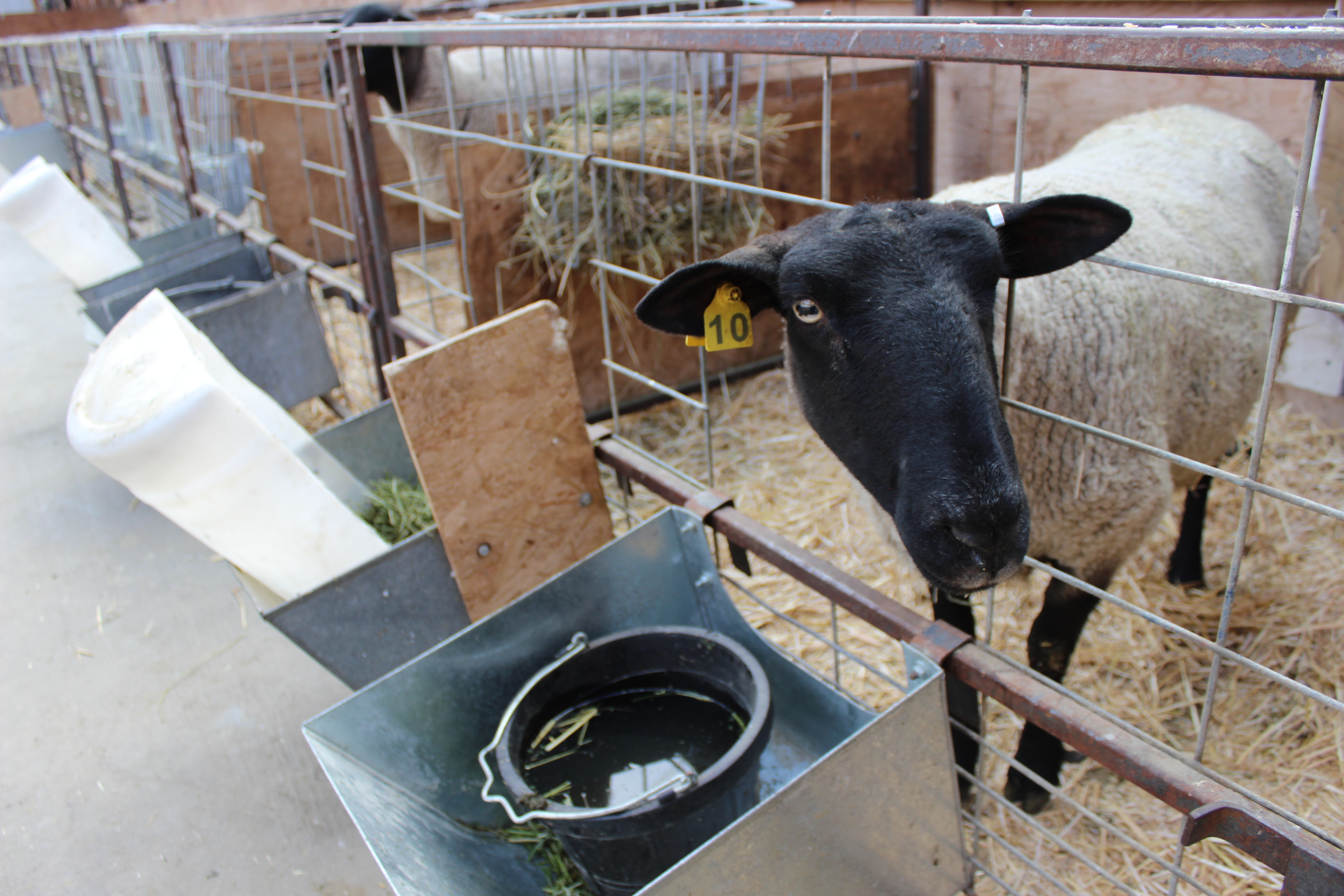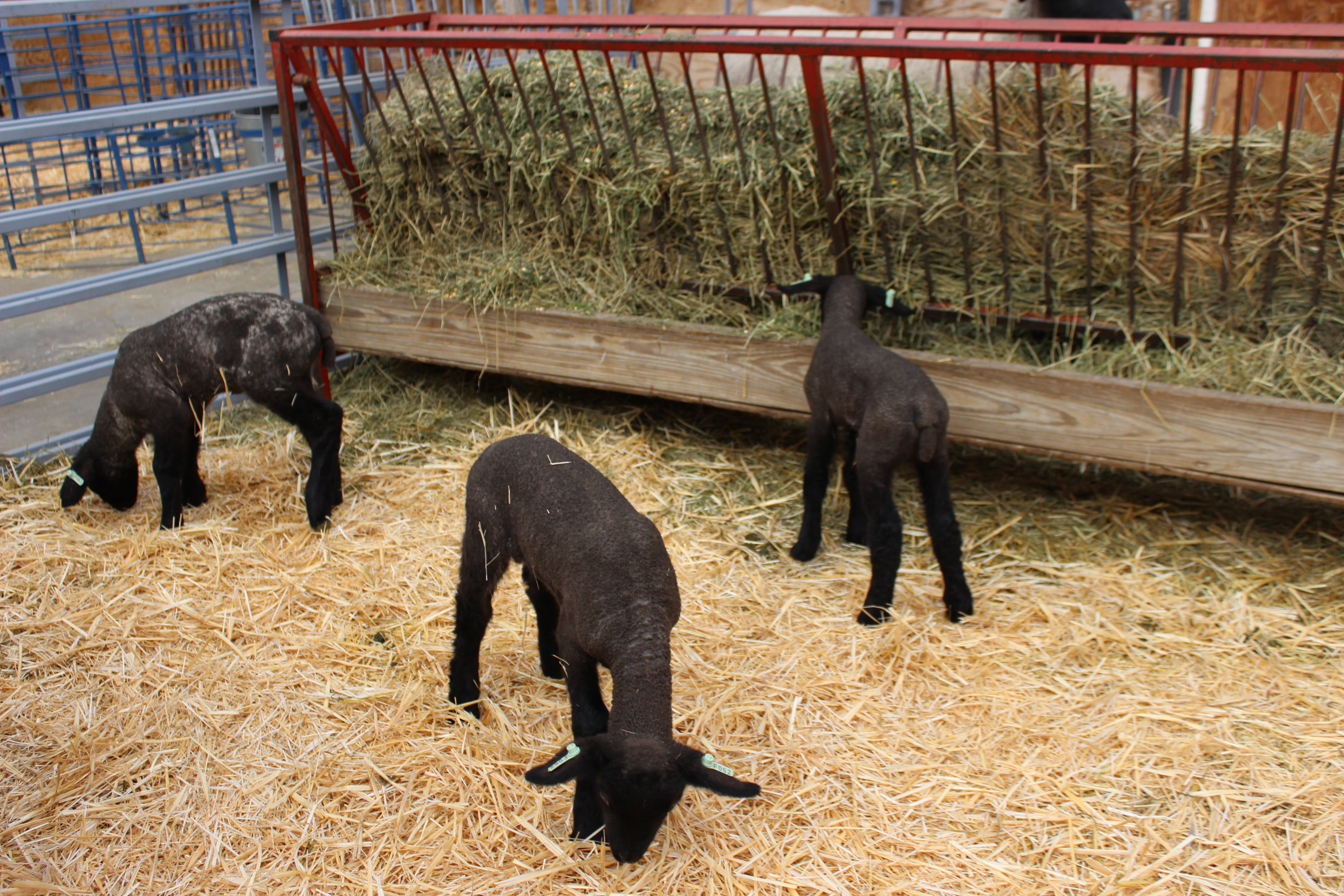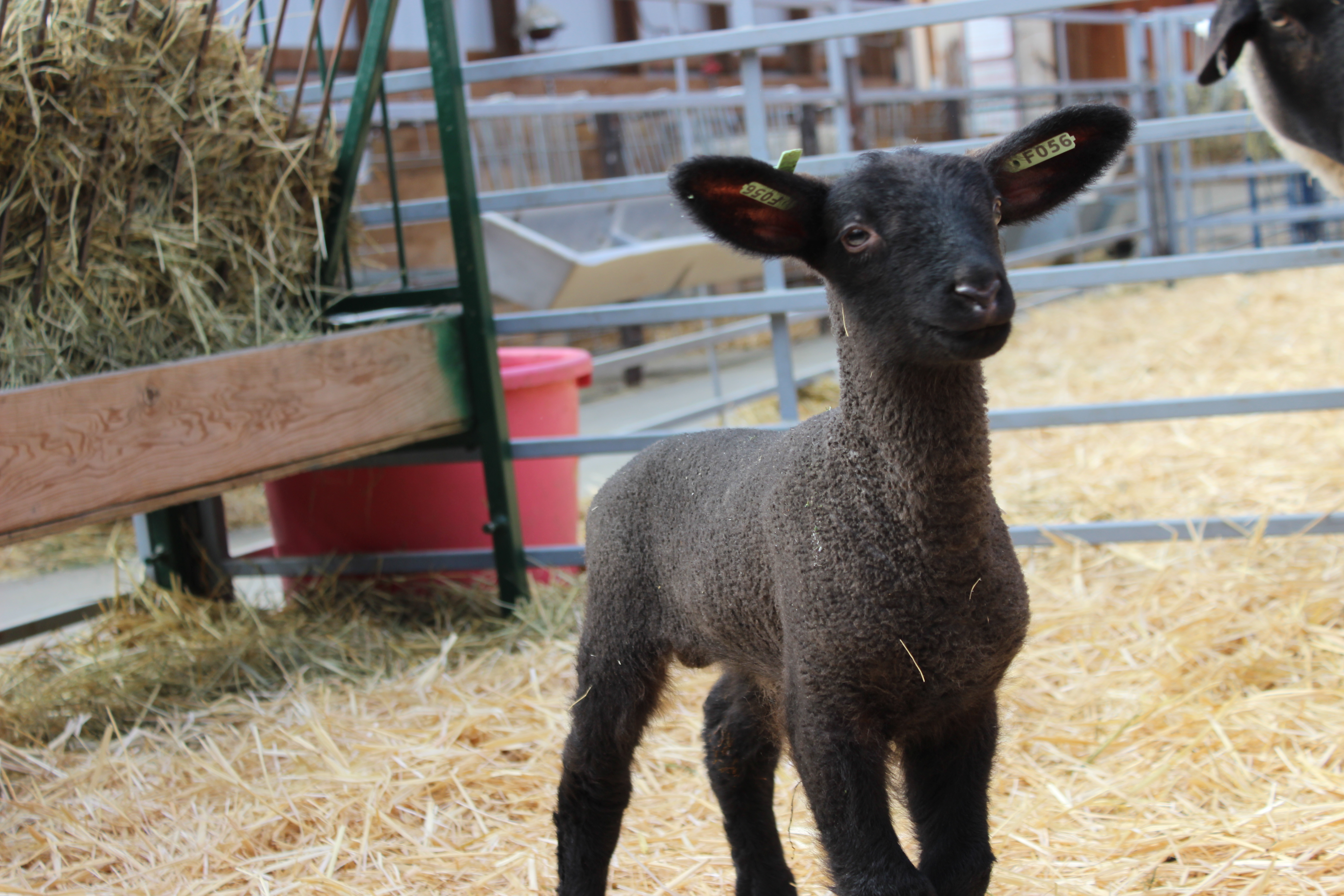Several years ago, when Aly Bean first stumbled upon the University of Idaho Sheep Center, she knew the trail alongside the 126-acre farm would be a great place for a daily run.
Now, the UI graduate student still returns to the farm often, not just to run, but to watch the sheep graze with her 1 1/2-year-old son — his favorite part of the week.
The pair now visits twice or more a week.
“I don’t know anything about sheep, but we sure love them,” Bean said.

Nick Hill, assistant manager of the Sheep Center, said he sees just as many visitors explore the center as students visiting for class.
Approximately 200 sheep — Suffolk, Targhee and Polypay breeds — call the Sheep Center home. Even more sheep are birthed and held there. However, many are sold off around the Palouse.
With three main barns, an intensive care barn, seven shelters along the trail and countless pens, the Sheep Center is more expansive than ever, Hill said.
“Although we get some interested visitors, we are mainly here for the students,” Hill said. “We aim to teach students, and anyone who wants to come out and see the operation, about the sheep and what we do here.”
Through the Sheep Center, animal and veterinary science students from both UI and Washington State University gain hands-on experience with handling, birthing, shearing, feeding, vaccinating and marketing the animals, Hill said.
Researchers are currently working on findin
g antibiotic properties for progressive pneumonia in sheep, Hill said. Students also experiment with feeding trials and grazing for the varying breeds of sheep.
“Researching means they come work with the sheep and take samples,” Hill said. “They will take those back to a lab and process the information or come back and get even more info.”
Although the research attracts student researchers most often, lambing season, which begins late winter and early spring, brings in all kinds of visitors.
Hill said it is important to keep a watchful eye over the sheep, especially during lambing season. With Hill, Casebolt, a night watch employee, and various students throughout the school year taking care of the lambs, Hill said the animals are monitored constantly.
During the springtime, Hill said a day at the Sheep Center begins early in the morning and wraps up by late evening. Feeding all the animals alone, especially with an influx of newborn lambs, takes up a large chunk of his day.
Dave Casebolt, the Sheep Center manager, has been working these long days at the farm for the last 20 years. Although busy, he said his favorite part of the day is feeding the lambs.
The Sheep Center caretakers are always on call. Hill said lambs are born at all hours, making some of their days on the farm more unusual than others.
Sheep, Hill said, usually give birth to lambs in sets of two, if not more. Once birthed, the lambs are tagged and given a short health examination.
“They all have their own personalities,” Hill said. “But, it’s best not to get too attached to the little ones.”
Hill said the mother is then prepped for feeding and kept in a birthing pen, or jug, with her lambs for several days until the lamb has acclimated to its mother and its surroundings. The Sheep Center has 35 birthing pens for the nearly 450 lambs born throughout the year.
When the lambs and the mother are deemed healthy enough to leave the birthing pen, they are assimilated with other animals. Eventually, the lamb is moved into the general flock.
“This way they can learn how to find their mom and get associated with their buddies,” Hill said.
It can be a lengthy process, but it helps to ensure the health and safety of the sheep and lambs.
However, Hill said there is always the chance a lamb might not live past birth or its first few days in a pen.
The Sheep Center has seen 98 new lambs since the beginning of February. With a successful birthing season, Hill said the center is operating at just a 5 percent death rate.
Casebolt said the center places ensures newborn lambs are given thorough medical treatment and kept from the rest of the flock.
“We are very pro-life here,” Casebolt said.
Bean said it has become tradition to visit the lambs and the staff at the Sheep Center.
“Every time I’ve bee
n out here, whoever is working or tending to the sheep, they are always super happy to have us just stand and watch,” Bean said.
Hailey Stewart can be reached at [email protected] or on Twitter @Hailey_Ann97



